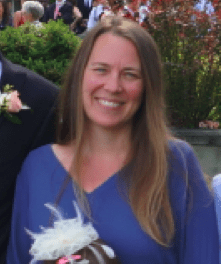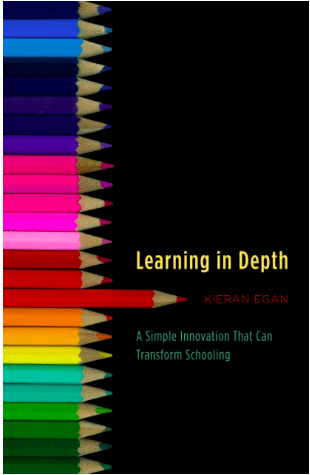 By Cecily Heras (MEd student & CIRCE Academic Council member)
By Cecily Heras (MEd student & CIRCE Academic Council member)
Over the winter holidays, I found myself reflecting upon the first term with LiD in the classroom. Yes, progress has at times felt slow; I am working with five to eight year olds, some of whom needed to begin their explorations with first learning how to ask questions and whom to ask them of. One student firmly refused to participate until November. This, I must admit, caused me some concern. What if they never participated? What was I to do? Every time I tried to direct a question, the student ran away. They would not even draw a LiD related picture in their journal. But one of LiD’s foundations beliefs is that a student should be allowed to learn at their own pace and in their own style, so what I did was trust in the foundations of the LiD process. I simply carried on with the other students and allowed this student to move at their own pace.
Overall, the students are connecting with their topics and enjoying our time with LiD. As I had chosen only topics related to our local environment in some way, it was immediately evident to the students that their work would intersect with one another’s: water and ocean, tree and forest, seed and plant. This is particularly helpful when working in small groups as the discovery of one student often leads to the discovery of another, and even more wonderings. The students move freely about the classroom and sit with whomever they choose, thus finding even more complex relationships among their topics: fish and rocks, mushroom and tree.
The students work well together and often share their knowledge freely with others. For example, our fungi expert made our regular mushroom walks in the forest even more exciting, pulling many other students into the topic they found so interesting. As a result, our students frequently voice appreciation for our mushroom neighbours, and those who can share identifications. As a LiD teacher, I understand that in connecting to their topic, students will not only connect with themselves and others, but with learning itself. And though I had explained and discussed this with parents, I had not explicitly stated this to the students. Imagine my response then, when working on their term self-reflections and considering a time when they had thought a lot about something, several students responded “Like LiD.” To be honest, it felt amazing. With no further prompting than helping them ask a question and learning different ways to find out about it, students were freely investing themselves in their own learning and tapping into their own intelligence to do so. They were demonstrating that knowing one thing in depth leads to a recognition of how knowledge works in general (Egan, 2011). Wow!
As every teacher knows, we are accountable to the students and the parents. What we do in the classroom should have meaning, and we should be able to back that up with a positive result. Therefore, we need to gather some sort of data and report on it in some way. As LiD is ungraded for a number of very compelling reasons such as decreased student motivation, reduced quality, subjectivity, etc., summative assessment techniques are ruled out. Instead, I relied upon formative techniques in order to gauge and guide the student’s learning journeys. For example, near the end of the term, I sat with every student and asked them two questions:
“What do you know?” and “What do you still wonder?”
The students spoke while I scribed their responses, and every student had something to say. And while they each had learned at least a few interesting and varied facts about their topic, more importantly, they each had something that they still wanted to know:
“Do cows dance?”
“Does a tree have a favourite colour?”
“Why is it called a river?”
It is my job then, to see to it that they remain curious and interested in learning.
So, as we enter the new year, I reaffirm my commitment to LiD. I am so excited to see where each of the students will go, and how much we will all learn together. I expect that while students are gaining specific knowledge in terms of ideas or facts, they will be even more excited to share their expertise in ways I have yet to imagine.
Interested in Reading More?
Click here to check out the other posts on imaginED about Learning in Depth.
Click the links below to read the other posts Cecily has written for imaginED:


